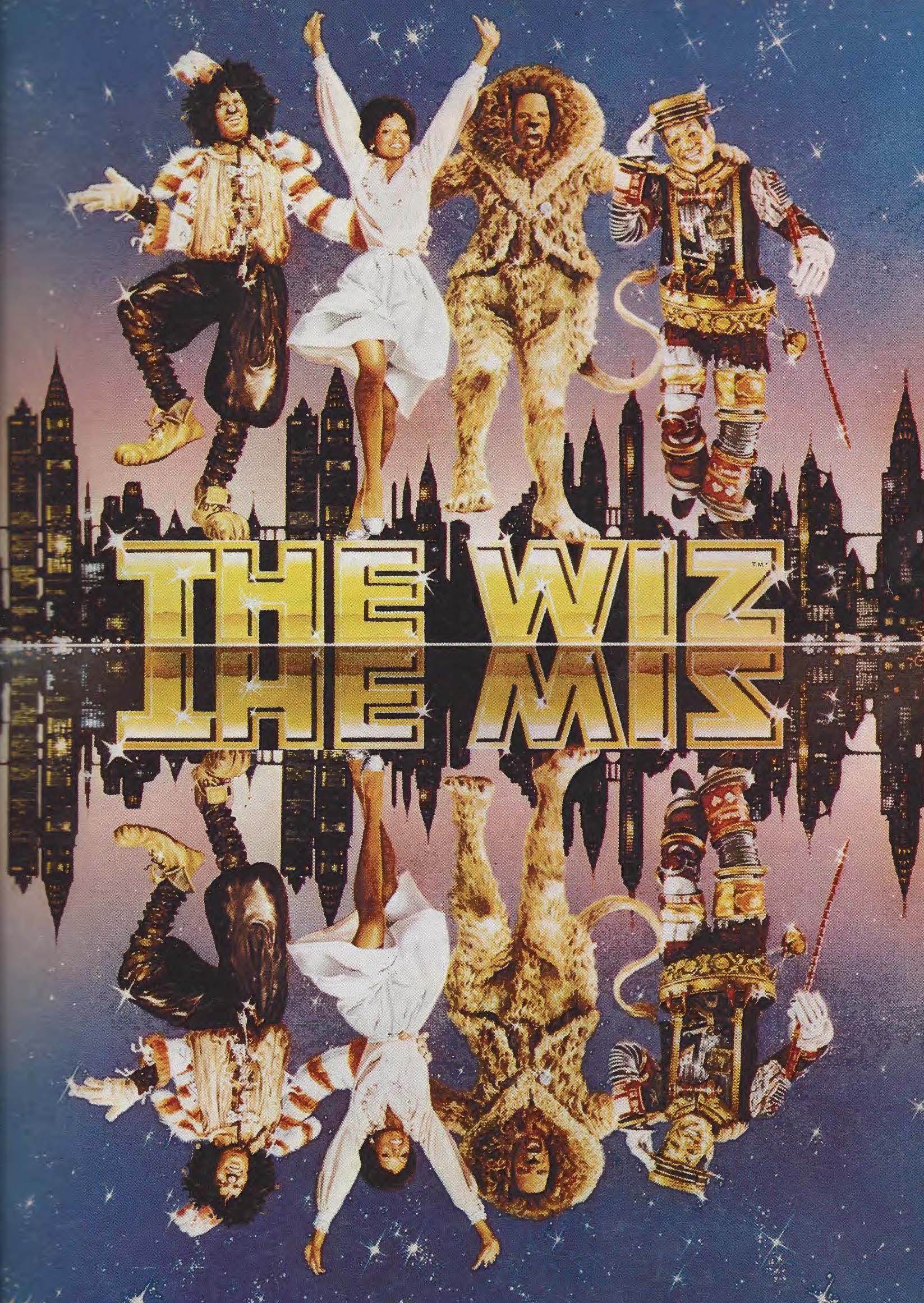


So, maybe, writing the Action with JS could open more options… I don’t know. For more information on these additions, read the JavaScript Reference. This allows for even deeper integration with LaunchBar and additional possibilities to interact with LaunchBar.
#Launchbar where are scripts code
LaunchBar 6 can run JavaScript code directly by leveraging Apple’s JavaScriptCore framework. Scripts for LaunchBar Actions written in JavaScript are interpreted differently from scripts written in other scripting languages. I think this is good news for you, since you are working much with JavaScript for Automation. LB has an extended support for JavaScript.

To better understand the used AppleScript handlers, and to get an overview of all available handlers, don’t miss to read the AppleScript section of LB’s Developer Reference. If you cannot parse my sometimes very clumsy wording, just ask I’ll check it out, and will definitely read/study your entire post. You don’t even have to close/re-open the action, just wait a second for the live search to kick in, and the path will be reset to the default! (You’ll see a message when it happened.)Īs soon as you see the message you can type a new search string to search in your default path. You can simply open it by pressing Return or via Instant Open. To restore your default search path it is not necessary to send the default folder to the action. Once youve selected an item in LaunchBar, you can perform various actions with that item. Quickly reset a custom search path to the default path: Return [ with the POSIX path of your preferred default search path. If you have a script that already gets the Finder selection by itself, then you don’t need to “send” it.Ī typical example for that would be an AS with… tell application "Finder" to set theItems to selection as alias listīut otherwise the “Sending” is very handy because it provides the argument(s) for any script:įor example in a Perl script you can grab the arguments (= the items sent to LB) from for "$_" Īlso very useful for running scripts on text selections in any editor, since you can “send” the text to the script without having to bother with the clipboard.įor example in AS by using the handle_string handler: on handle_string(_string) In my case I wanted to execute the Create or of Selected Items in Choose Folder I selected the Finder items, activated LB, typed “ which immediately found the script, then RETURN.īut I’m probably missing something critical in your workflow. In the case of processing a Finder selection, I wonder if we really need to send the selection to LB first?įor example, if I select one or more files/folders in the Finder, then activate LB, all I need todo is find the script (by typing the assigned keys, or just key characters in the name), and the press RETURN. So, I was trying to follow your approach for executing a script via LB. As always, your insights into LB are amazing and very helpful. Four keystrokes, easy to remember, and I don’t have to hold down any keys thanks for sharing. So, to lock/unlock a file I select a file in the Finder, I tap the Control key followed by an F and an L keystroke and Return. Let’s say I have a script or an LB Action called “File Lock Toggle”:


 0 kommentar(er)
0 kommentar(er)
